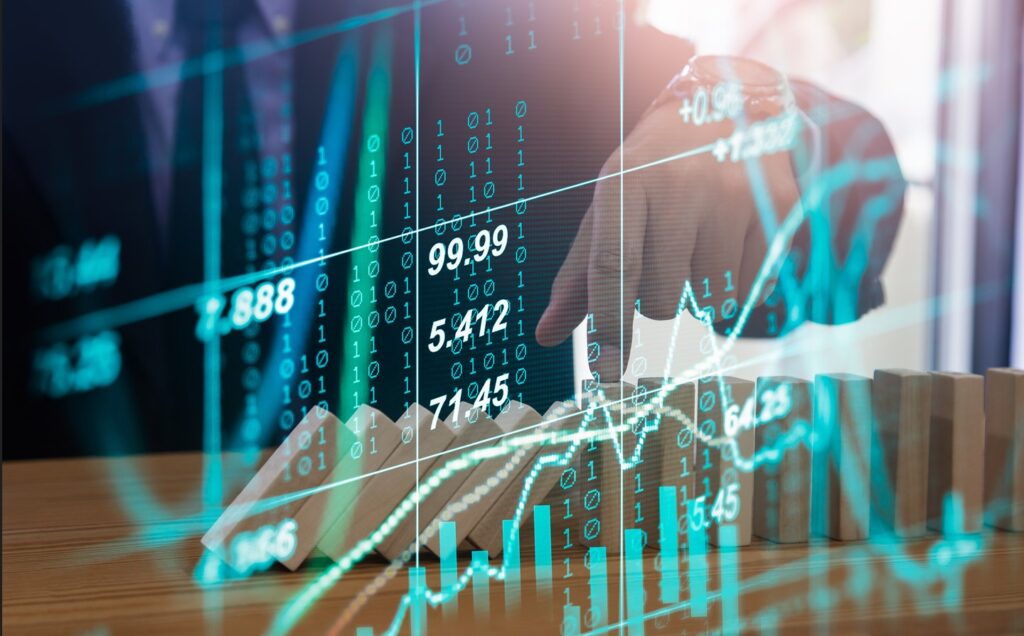It’s been a tough year for investors so far. This seems like a good time for some perspective. Note that market conditions may have changed by publication date.
In June, the markets officially went into bear market territory with the S&P 500 briefly touching -20% YTD at that point. July and August offered some relief but then September saw a drop of 9%. Where does that leave us? As of the middle of October, the S&P 500 was down just under 24%, the DJIA was down around 17% and the NASDAQ was down over 33% YTD. Since this time last year, the S&P 500 is down 18%, the DJIA is down 13.4% and the NASDAQ is down just under 30%.
How does this offer perspective? For the last 30 years, the average intrayear drop in the S&P 500 has been 14%. We’re down just a little more than average on an annual basis. Historically, there has never been a drop of 20% that hasn’t been followed by a positive year. Obviously, history doesn’t drive future market returns… but it’s a helpful statistic.
So far this year, bonds have performed nearly as poorly as equities. The 10-year Treasury is down over 18%, global bonds are down over 21%, and the 30-Year Treasury is down about 31.5%! Balanced portfolios are faring nearly as badly as unbalanced portfolios! This is a unique year where there was no place to hide from the turmoil.
We are experiencing the following HICCUPS:
H – High gas prices. When the price of energy rises, the price of everything rises. As prices rise, producers and consumers cut back… and this hurts overall economic output. The root of our problems this year is the energy crisis… and it is having a global effect.
I – Inflation and rising Interest rates. As mentioned above, cash is losing value to inflation and bonds are dropping in value due to rising interest rates. This is creating havoc in portfolios for those intent on preserving wealth.
C – COVID. Although most day-to-day issues with COVID seem to be behind us, there are still lingering issues. The most visible signs of those issues are in China where entire cities are locked down to contain the spread. This is causing a backup in production and in shipping. Fewer goods being chased by more dollars leads to added inflation… globally.
C – China. Adding to the above, China is experiencing an economic slowdown brought on by their reaction to COVID and a currency crisis. Exports fuel their economy and there is a backlog to production and at the ports. As one of the greatest exporters in the world, their problems lead to our problems.
U – Ukraine. Continuing war in Ukraine is putting a strain on energy, grain, and rare earth minerals. The conflict is affecting the rest of Europe with expectations for energy strain during the coldest months of Winter. Until this conflict is resolved, it will continue to affect significant global markets.
P – Politics. At the time of writing, the election is weeks away but it’s possible (if the Democrats lose one or both houses of Congress), a lame duck session could see more radical legislation prior to the new year. It will be hard for a new Congress to repeal radical legislation without a presidential signature. Markets don’t like uncertainty and one-party rule without consequences is a recipe for great uncertainty.
S – Supply chains. Supply chains are being squeezed by COVID, war, and energy costs. COVID is causing backups at ports, war is bottling up raw materials, and energy costs are hurting shippers’ balance sheets. These contribute to inflation by limiting goods available (too much money chasing too few goods).
We are still in an economy and market looking for footing and a clear direction. I expect markets to remain range-bound… rising for periods and falling for others. I don’t expect a breakout of the recent range until conditions change.








